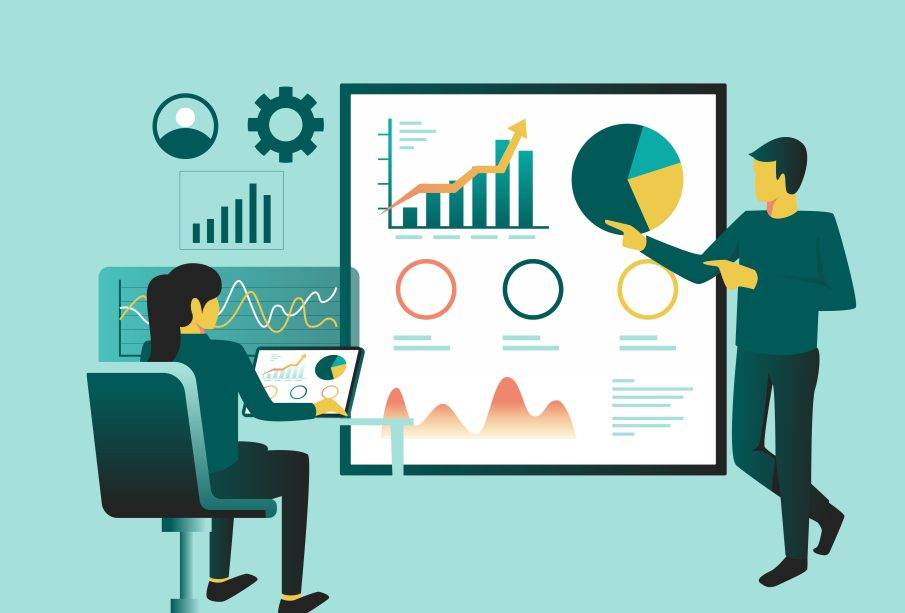The Evolving Landscape of SaaS: Anticipating Trends and Innovations

As we delve into the ever-evolving realm of software as a service (SaaS), it’s an opportune moment to reflect on the dynamic changes that have unfolded over the past year. The SaaS industry has experienced significant transformations and innovations, paving the way for an exciting future.
AI Integration in SaaS Applications
Artificial intelligence (AI) has become a driving force across various industries, and SaaS is no exception. The incorporation of AI into SaaS applications is unlocking new efficiencies and possibilities. From intelligent chatbots enhancing customer support to predictive analytics optimizing business processes, AI is reshaping the way we interact with and leverage SaaS solutions. This synergy between AI and SaaS is creating smarter, more adaptive software capable of learning and evolving, providing users with personalized and proactive experiences. Innovative solutions like SAP Digital Boardroom are further amplifying the transformative power of AI, bringing advanced analytics and real-time insights to the forefront of strategic decision-making processes.
The Rise of Edge Computing
The emergence of edge computing is revolutionizing the SaaS landscape. Edge computing involves processing data closer to the source rather than relying solely on centralized cloud servers. This trend is particularly advantageous for SaaS applications that require low latency and real-time processing. By distributing computing power to the edge of the network, SaaS providers can deliver faster and more responsive services, crucial for applications like video conferencing, IoT, and augmented reality.
Hybrid Cloud Solutions
While cloud computing remains a fundamental aspect of SaaS, the ascent of hybrid cloud solutions is gaining momentum. Organizations are increasingly adopting a blend of on-premises and cloud-based infrastructure to address diverse business needs. Hybrid cloud models offer greater flexibility, enabling companies to balance performance, security, and cost-effectiveness. The future of SaaS is likely to witness more seamless integration between on-premises and cloud solutions, providing a tailored approach for different industries and use cases.
Emphasis on Cybersecurity
As the SaaS ecosystem expands, so does the critical need for robust cybersecurity measures. With an increasing number of businesses relying on cloud-based applications to store sensitive data, cybersecurity has become a top priority. The future of SaaS will see a continued emphasis on developing and implementing advanced security protocols, including measures such as multi-factor authentication, encryption, and proactive threat detection, to safeguard user data and ensure the integrity of SaaS platforms.
Vertical Specialization in SaaS Solutions
The traditional horizontal approach to SaaS, offering general solutions for a broad range of industries, is undergoing a shift. The future of SaaS lies in vertical specialization, with providers developing industry-specific solutions tailored to the unique needs of different sectors. Whether in healthcare, finance, or manufacturing, vertical SaaS solutions are designed to streamline processes and deliver specialized functionalities. This trend not only enhances the user experience but also accelerates digital transformation within specific industries.
As we navigate the dynamic landscape of SaaS, it’s evident that the industry is undergoing a remarkable transformation. The future of SaaS is marked by AI-driven applications, edge computing, hybrid cloud solutions, heightened cybersecurity measures, and a shift towards vertical specialization. These trends underscore the adaptability of SaaS and its pivotal role in driving innovation across industries. Looking forward, the evolution of SaaS promises a future where businesses can leverage cutting-edge technologies to enhance productivity, efficiency, and overall performance.









